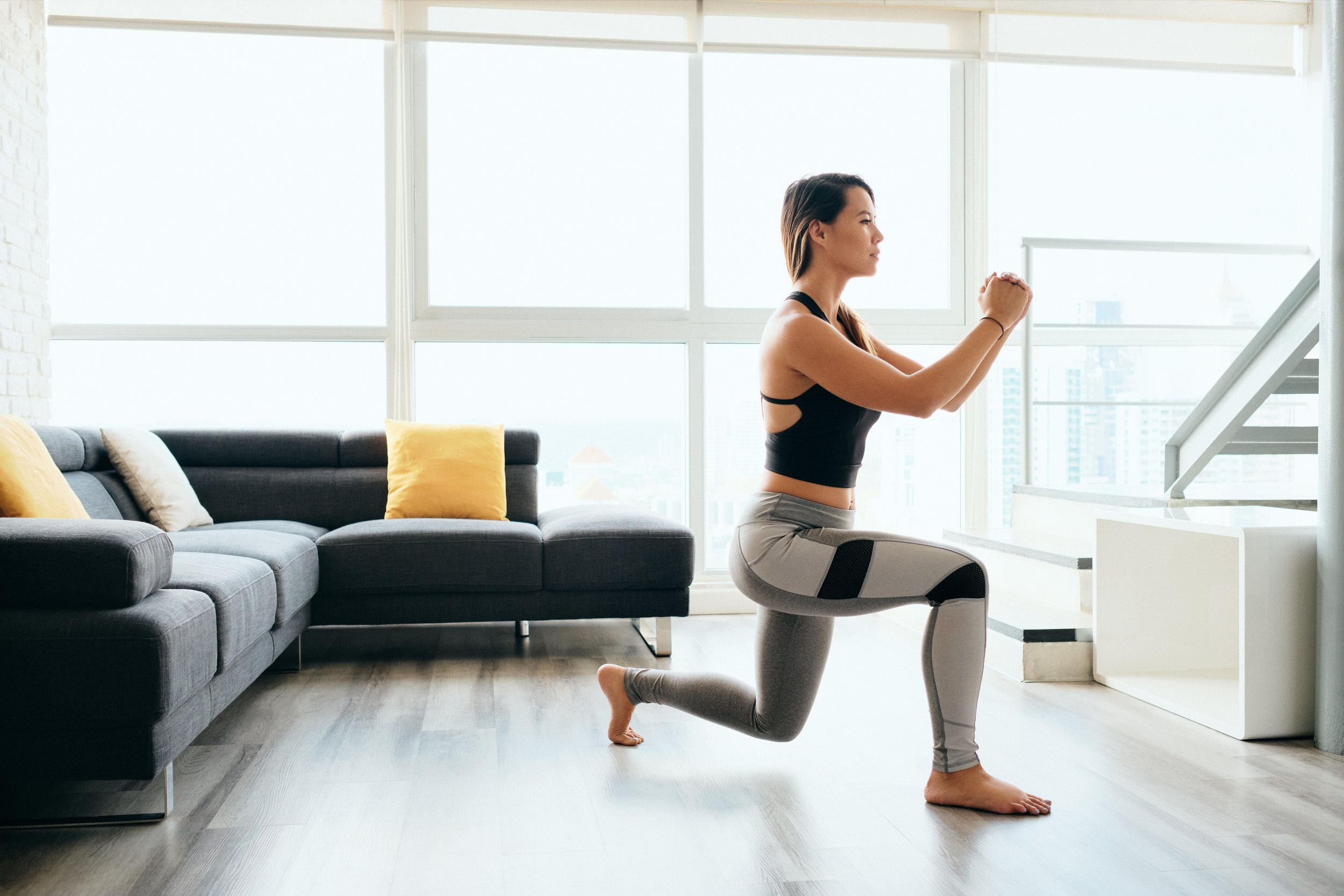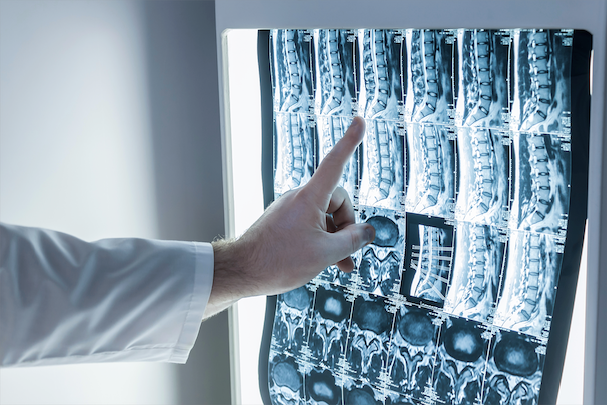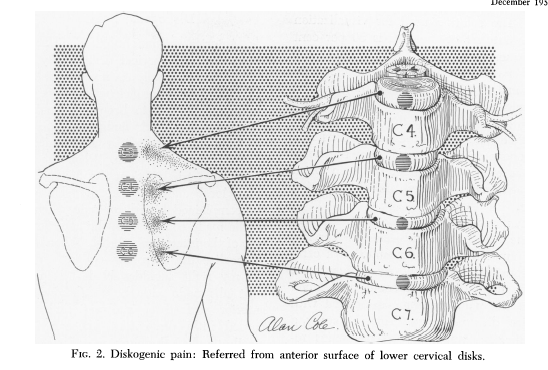
Tendonitis Part 2 - How to Stay Strong
In Part 2 of our series on tendonitis, we’re going to discuss how you can keep exercising and stay strong while dealing with a painful tendon. There are many ways to adjust your strength training so that pain isn’t as big of an issue, and you can continue to build strength even as you rehab your painful tendon. We’re going to talk through two strategies to adjust exercises, and give some specific examples in the case of someone with patellar tendinopathy.

Empowering Intimacy: how pelvic floor therapy helps with painful sex
Intimacy is a vital component of any healthy relationship, and sexual satisfaction plays a crucial role in maintaining emotional and physical well-being. Unfortunately, for some individuals, the experience of sexual intercourse can be marred by discomfort or even excruciating pain. This pain can significantly impact their overall quality of life and intimate relationships. Fortunately, there is hope and help available in the form of pelvic floor physical therapy.

Tendonitis Part 1- No Pain, No Gain?
endonitis is one of the most common diagnoses that you hear about on a regular basis. It can pop up in the ankle (Achilles Tendonitis), the Knee (Patellar Tendonitis), the shoulder (Biceps Tendonitis, Rotator Cuff Tendonitis), and other places as well. Do you need to avoid pain at all cost with these conditions? Read on to find out!

What the Pop?!
Have you ever heard the words: manipulation, adjustment, realignment, “pop or crack your back?”
These are terms associated with a hands-on technique called a “manipulation,” where a provider performs a quick stretch to a body part (often the neck or back); and that quick stretch may result in a “pop” or “crack” that you can hear or feel. There can be a lot of confusion surrounding these techniques, who provides them, and what is happening when they’re performed. Keep reading to learn more about how physical therapists utilize this tool to help fight neck pain, back pain, and more!

“You Need to Stop Lifting”
In the world of health, fitness, and rehab, bad or misguided advice is about as common as stretchy bands and awkward stretches. But there is one piece of advice that can cause more damage than almost any other bad advice- and it’s probably not at all what you think! It sounds something like this: “oh if you have _____, you probably shouldn’t ever _____ again.” Here are some examples:
- If you have back pain, you probably shouldn’t ever deadlift or squat again.
- If you have arthritis in your knees, you probably shouldn’t run.
- If you have shoulder pain, you need to stop playing tennis.

But My MRI Says I’ve Got…
Ahhh imaging (X-rays, MRI’s, CT Scans, Ultrasounds, etc.). These tools are some of modern science’s most amazing achievements. I mean, seriously, how cool is it that we can use a machine to peer inside of the human body and see what exists in there without having to get out a scalpel and open that body up??
However, imaging can be both incredibly helpful, and sometimes incredibly harmful. Sound strange? Let me explain…

Demystifying the Pelvic Floor – How Physical Therapy Can Help
No one really notices their pelvic floor muscles until something goes wrong with one of its functions. I hope you are reading this just for information; however, if you are reading this blog because you think something may be wrong with your pelvic floor muscles or that you may need pelvic floor therapy, the information below should help!

Get the Advantage Over Tennis Elbow
Forehand - ouch! Backhand - ouch! Opening the peanut butter - ouch! Grabbing your laptop bag - ouch! Today, we're diving into the frustrating world of tennis elbow. Whether you’re a tennis player or someone who has been unlucky enough to encounter tennis elbow from less exciting pursuits (yardwork anyone?), tennis elbow is a painful condition that really affects your everyday quality-of-life. In this post, we'll explore what tennis elbow is, why it happens, and (most importantly) our 4 step process to get rid of it!

Why Do I Always Hurt Between My Shoulder Blades?
It’s happened again. You were minding your own business, packing for your much needed getaway to the mountains (or beach, or city…whatever you like) and suddenly you felt this aching pain in between your shoulder blades! It feels like a muscle is just really tight back there, so you try to massage it out in a really awkward and embarrassing position, and it just doesn’t seem to get any better! What the heck is going on??

5 Things to Consider Before Returning to Exercise After Pregnancy
The million-dollar question people have when they’re nearing delivery, or after having a child is, “When can (or should) I start exercising again?” The motivation for wanting to initiate exercise may be different from one person to the next, and not everyone has the same amount of time to commit to exercise in their week. So, I don’t want this blog to to focus on a specific way to exercise or type of exercise that you should be doing. I want to discuss one major factor to beware of when returning and 4 ways to identify when your body and pelvic floor are ready to return to exercise.

Nerves Need to Move!
Nerve pain, and even nerves in general can be a little scary for people. The good news is: there’s a lot that we can do to treat nerve-related pain! Let’s talk about nerves, why they can get irritated, and what to do about it.
